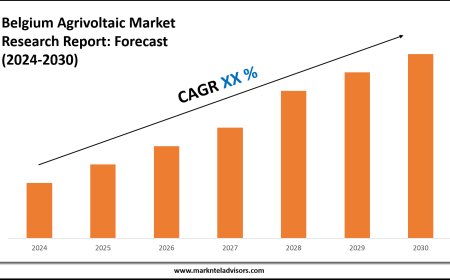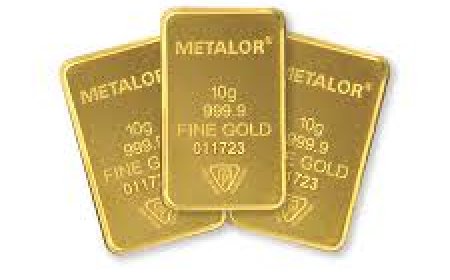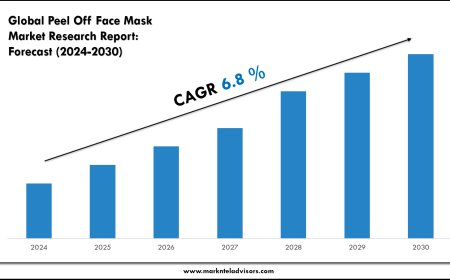Greaseproof Papers Everything You Need to Know
Greaseproof papers can typically withstand high temperatures making them safe for use in baking.

In the world of food packaging and baking, greaseproof papers have become a vital solution for maintaining hygiene, preventing grease transfer, and enhancing product presentation. Whether youre a home baker, a professional chef, or a food packaging supplier, understanding the value and utility of greaseproof paper is essential. This comprehensive guide will explore what greaseproof paper is, its uses, benefits, manufacturing process, types, environmental impact, and why its a must-have in the culinary and food packaging industry.
What is Greaseproof Paper?
Greaseproof paper is a specially treated type of paper that resists the penetration of oil and grease. It is made from refined, unbleached or bleached pulp that has been processed to have low porosity. This means that oils, fats, and other greasy substances cannot easily seep through it. It is widely used in food preparation, baking, and packaging, serving both practical and aesthetic purposes. Greaseproof paper differs from wax paper and parchment paper in that it does not have any added coating of wax or silicone. Its grease-resistance is achieved through mechanical and chemical treatment processes.
How is Greaseproof Paper Made?
The process of making greaseproof paper involves several steps:
- Refining Pulp: The paper starts with high-quality wood pulp, which is refined to a very dense consistency. This process removes impurities and lignin, creating a smoother fiber structure.
- Supercalendering: The pulp is then formed into sheets and passed through a series of high-pressure rollers in a process called supercalendering. This reduces the porosity of the paper and increases its resistance to grease.
- Treatment: In some cases, the paper may undergo additional treatment using starch or other natural additives to enhance its greaseproof qualities without affecting its recyclability or biodegradability.
Key Features of Greaseproof Paper
- Grease Resistance: The main feature is its ability to resist oil and grease, making it ideal for wrapping food products.
- Heat Resistance: Greaseproof papers can typically withstand high temperatures, making them safe for use in baking.
- Non-stick Properties: The smooth surface ensures that food doesnt stick, reducing waste and mess.
- Food Safe: Manufactured using food-grade pulp and additives, making it safe for direct contact with edibles.
- Printable Surface: It is often used for custom food wrapping with branding, logos, or patterns printed on the surface.
Applications of Greaseproof Paper
Greaseproof paper is a versatile material used in various sectors, particularly in the food industry:
1. Bakery Industry
- Cupcake and Muffin Liners: Prevent sticking and ensure easy removal.
- Baking Sheets: Used as a liner on trays to prevent sticking and reduce cleanup.
- Wrapping Baked Goods: Ideal for items like brownies, cookies, pastries, and cakes.
2. Fast Food and Takeaway
- Greaseproof paper is widely used for wrapping burgers, sandwiches, and fries. It maintains food quality while preventing grease leakage, making it perfect for fast-food restaurants.
3. Confectionery and Chocolates
- It prevents oil transfer from chocolate and candies, maintaining visual appeal and hygiene.
4. Meat and Cheese Packaging
- Keeps moisture in and oils contained, extending shelf life and improving presentation.
5. Household Use
- Common in home kitchens for baking, roasting, and storing food.
Types of Greaseproof Paper
There are several variations of greaseproof paper, each suited for specific needs:
1. Natural Greaseproof Paper
- Made without bleaching, it is eco-friendly and biodegradable.
- Popular with eco-conscious brands and organic food products.
2. Bleached Greaseproof Paper
- Treated with bleach for a whiter appearance.
- Commonly used for custom printing and high-end packaging.
3. Siliconized Greaseproof Paper
- Coated with a layer of food-safe silicone for additional non-stick and moisture resistance.
- Ideal for high-temperature baking and confectionery applications.
4. Printed Greaseproof Paper
- Customized with company logos, promotional graphics, or product details.
- Enhances branding in cafes, bakeries, and restaurants.
Benefits of Using Greaseproof Paper
? Hygiene and Cleanliness
- Acts as a barrier between food and surfaces, reducing contamination risks.
- Especially important in open food environments like bakeries and delis.
? Better Food Presentation
- Clean, attractive wrapping improves the aesthetic value of food, particularly for on-the-go customers.
? Eco-Friendly Options
- Many greaseproof papers are biodegradable and compostable, making them a sustainable alternative to plastic and foil.
? Versatility
- Available in rolls, sheets, or custom-cut formats, making it adaptable to various industries and product types.
Environmental Impact and Sustainability
As the world moves toward eco-conscious packaging, greaseproof paper stands out as a sustainable choice:
- Biodegradable: It breaks down naturally without leaving harmful residues.
- Compostable: Many natural greaseproof papers are home compostable.
- Recyclable: Depending on the treatment, it can often be recycled with regular paper waste.
- Renewable Resources: Made from sustainably sourced pulp.
For businesses aiming to reduce their carbon footprint, switching to greaseproof paper instead of plastic packaging is a significant step.
Choosing the Right Greaseproof Paper
When selecting greaseproof paper for your business or kitchen, consider the following factors:
- Grease Resistance Level: High-fat foods require higher grease resistance.
- Size and Format: Rolls offer flexibility, while sheets are convenient for individual use.
- Custom Printing Needs: For branding purposes, go with printable or pre-printed greaseproof sheets.
- Sustainability: Choose eco-friendly options certified by FSC or PEFC.
- Heat Tolerance: Ensure it matches the baking or heating temperatures you work with.
Greaseproof Paper vs. Other Food Papers
|
Feature |
Greaseproof Paper |
Wax Paper |
Parchment Paper |
|
Grease Resistance |
High |
Medium |
High (with coating) |
|
Heat Resistance |
High |
Low |
Very High |
|
Non-stick |
Medium |
High |
High |
|
Biodegradability |
Yes |
Yes |
Yes |
|
Common Use |
Wrapping & Baking |
Wrapping Only |
Baking |
Top Industries Using Greaseproof Papers
- Food Packaging Companies
- Restaurants and Takeaways
- Bakeries and Cafes
- Catering Services
- Butcher Shops
- Supermarkets and Delis
These industries rely on the product not just for its practical uses, but also for branding, sustainability, and improved customer satisfaction.
Final Thoughts
Greaseproof paper is more than just a food wrapping material; its a crucial component of modern food service, offering a combination of functionality, hygiene, and sustainability. With increasing demand for eco-friendly alternatives, greaseproof paper continues to rise in popularity across diverse industries. Whether you're wrapping a delicious burger, baking fresh pastries, or packaging artisanal chocolates, greaseproof paper ensures your food stays fresh, your brand stands out, and the environment is respected.






































